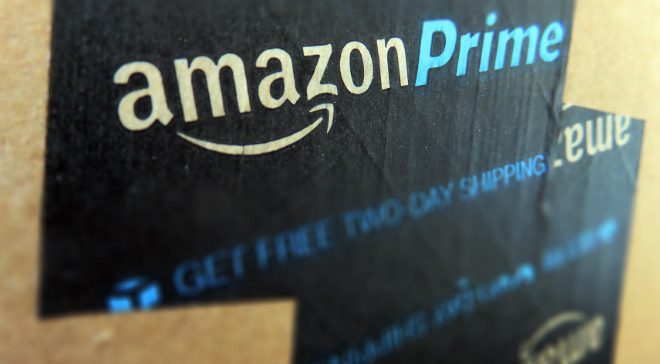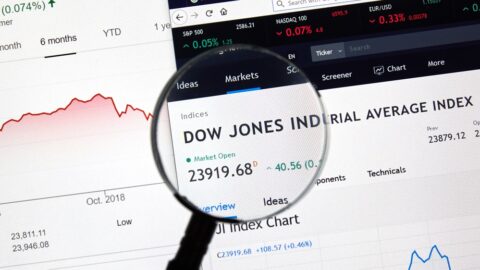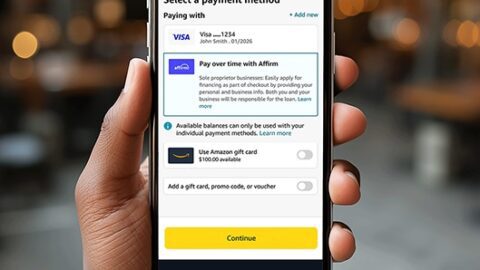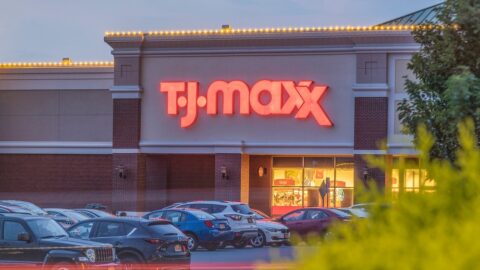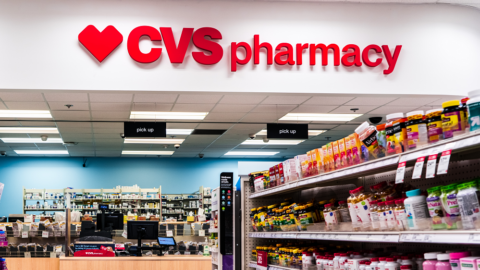Amazon had yet another lucrative holiday season, capping off 2016 with a 55% year-over year profit increase to $749 million in Q4. Adjusted earnings per share reached $1.54, well above an expected $1.35 per share, according to Thomson Reuters.
While the e-Commerce giant’s net income surged, its revenues and total outlook actually missed estimates, causing Amazon’s stock to drop 3.5% in after hours trading. Amazon hauled in sales of $43.7 billion, a 22% increase over Q4 2015, but Wall Street analysts had expected Amazon to report a 25% increase in Q4 sales to $44.7 billion.
The enormous profit increase reflects many of Amazon’s individual successes, including:
-
Market share increase — 43% of U.S. online sales occurred through its sites in 2016, according to Slice Intelligence. This is a massive jump over 2015’s 33% share;
-
Domination of online growth — Amazon accounted for 53% of total e-Commerce growth in 2016;
-
Increase in third-party seller services — Fulfillment By Amazon (FBA) grew more than 70%, revealing that more sellers are taking advantage of the company’s fulfillment centers to pack and ship goods to consumers; and
-
Non-retail sources, such as continued growth of the Amazon Web Services (AWS) cloud platform and Prime Video.
“Amazon seems to be hitting all the right buttons,” said Natalie Kotlyar, Partner, National Retail and Consumer Business Industry Leader at BDO USA in an interview with Retail TouchPoints. “Amazon has already placed programs and initiatives into action to promote and make 2017 a strong year. Look out for Amazon Go and their entrance into the fleet business, where they’re going to be importing some of their own products from overseas with their own fleet. It seems as if Amazon is already laying the groundwork for 2017. It will be difficult — not impossible, but certainly difficult — for other retailers to compete with that.”
Amazon’s Prime service continued to add plenty of value to the consumer experience, especially in a hectic holiday season when many retailers saw slumping sales. In fact, Dec. 18, 19 and 20 turned out to be three of Amazon’s largest sales days of the season, according to Kotlyar.
“It’s not just free shipping,” Kotlyar said. “Initially that’s what attracts you to the service, because there is no minimum for the free shipping. But there’s so many other features that come with Prime that makes it so much more valuable. It’s really just a winner for Amazon and it’s one of the differentiating factors when consumers shop there. A perfect example of that is the holiday season…normally you expect shoppers to hold their breath about whether products would be received if the order was placed on Dec. 19. That’s not necessarily the case with Amazon…orders were placed after Dec. 19 and still received for the holiday season.”
Amazon’s artificial intelligence platform Alexa made a big splash at CES 2017, giving its competitors even more food for thought regarding their machine learning capabilities.
Cloud, Prime Content Drive Revenue And Subscriber Stickiness
Once again, non-retail entities also performed extremely well for the brand, displaying Amazon’s ability to function effectively as both a tech company and a seller.
The AWS cloud platform once again turned out to be a significant source of revenue for the brand, reeling in $3.54 billion. AWS has been Amazon’s most profitable service with an operating margin of 31.3% of all AWS net sales. In contrast, the North American retail business has an operating margin of 5% of net sales.
With AWS, Amazon controls 45% of the cloud infrastructure market, more than double the market share of Microsoft, Google and IBM combined, according to Synergy Research. While it presently dominates the market, it is noteworthy that AWS sales growth actually slowed to 47% year-over-year, down from 69% in Q4 2015. Amazon will have to look at long-term customer acquisition the same way it has had to do for Prime.
Prime also added more value through its digital content, giving would-be shoppers more reasons to pay $99 annually for the service.
The service’s videos are expected to draw in 85.3 million viewers this year in the U.S., a jump of 11.9% over last year, according to data from eMarketer. That equates to 44% of the Over-The-Top (OTT) video market, compared with 66% for Netflix.
“In 2016, Amazon spent over $3 billion on digital content, doubled down on original programming, and unbundled its video library from its Prime membership program,” said eMarketer Senior Analyst Paul Verna. “These moves helped the company achieve over 29% growth in U.S. users of its Fire TV devices and 16% growth in its U.S. video audience — more than any of its rivals on both counts. As a result of this success, Amazon is now solidly the second-largest subscription video service in the U.S. and well-poised to continue chipping away at Netflix’s leadership.”



